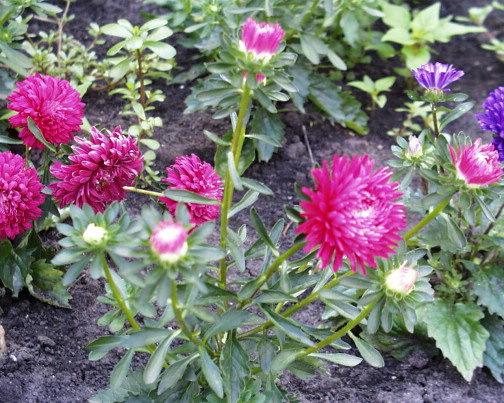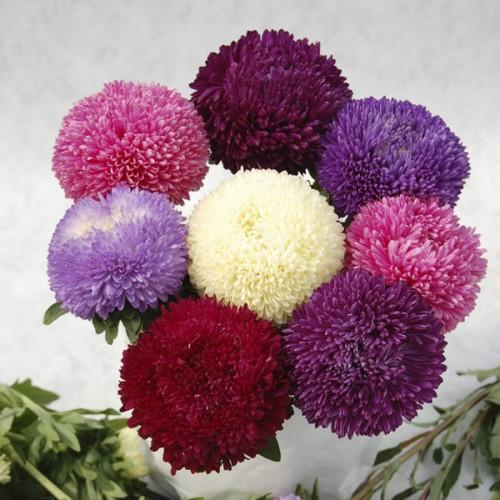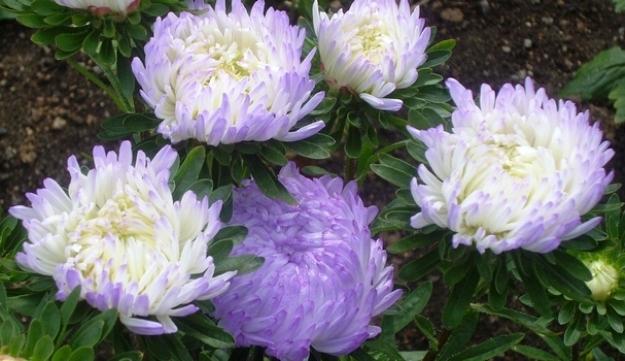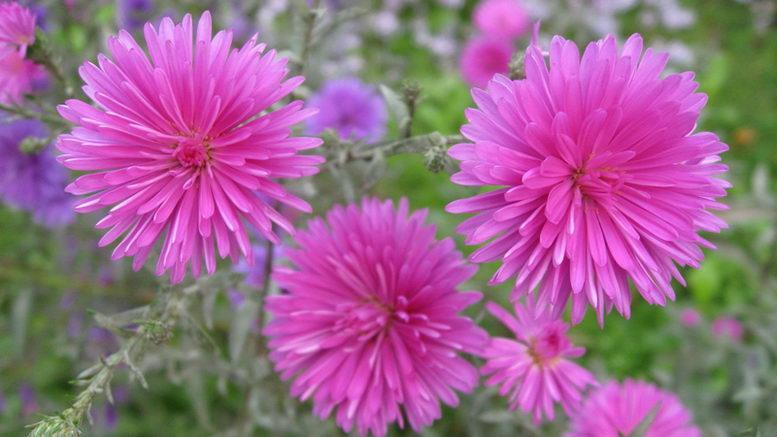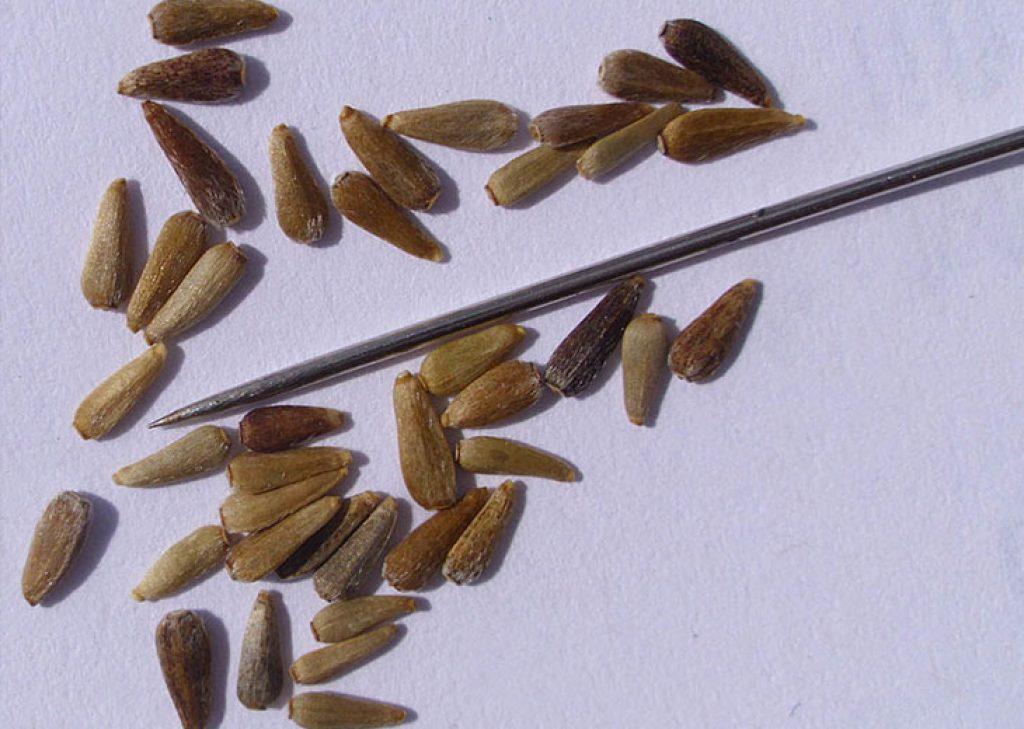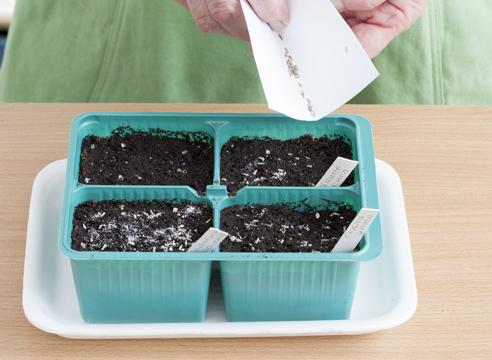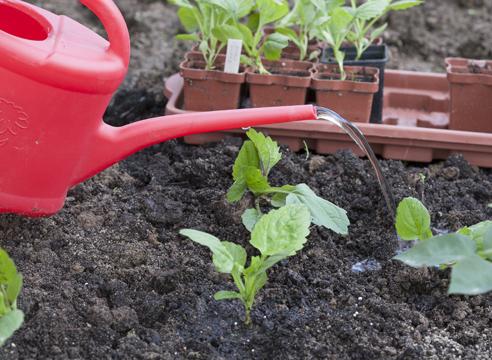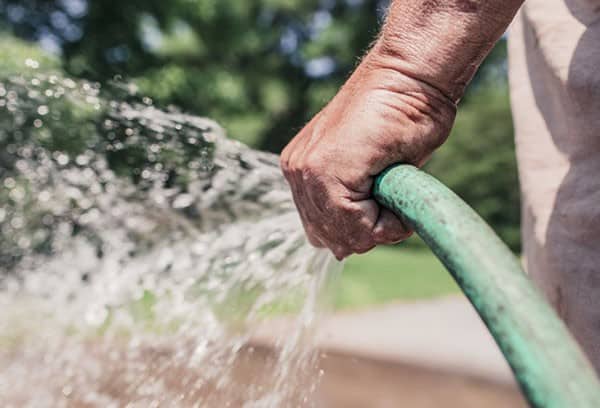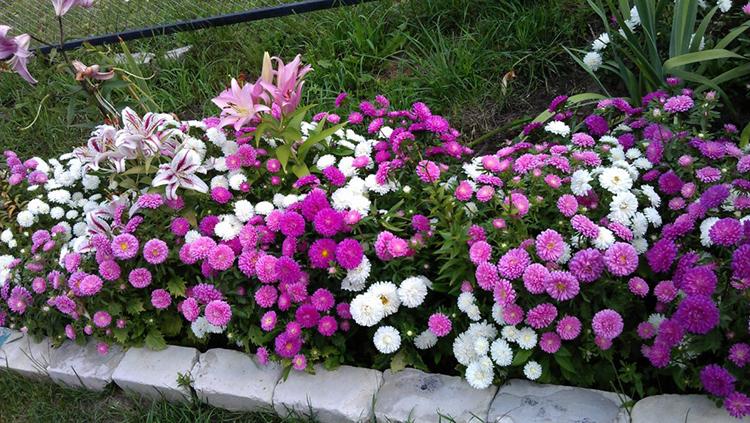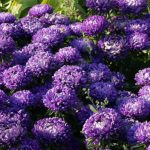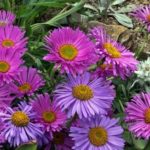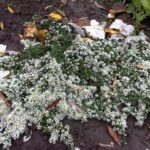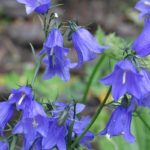Flower lovers do not forget the asters that are dear to their hearts. Now new varieties are complementing their collection. Breeders have improved the characteristics: frost resistance, resistance to diseases, pests - this is the Chinese garden aster. The range of colors captivates and fascinates even people who are indifferent to colors. One bush can have 40 or more flower stalks with different shades. This makes the bush majestic and unsurpassed.
- Description and characteristics of the Chinese aster
- Popular varieties
- Serenade
- The Dragon
- Balun
- Princess
- old lock
- Pompoms
- Reproduction of Chinese asters
- Growing flowers
- Landing dates
- Seed preparation
- Planting seeds for seedlings and caring for them
- Transplanting flowers into open ground
- Care process
- Feeding and watering
- Loosening and mulching
- Preparing for winter
- Various diseases and pests
- Possible errors during cultivation
Description and characteristics of the Chinese aster
The Chinese aster has a powerful root system, but it does not go deep. The superficial location of the root allows you to painlessly separate some of the flowers for propagation and cutting. The bush can be spreading and pyramidal in shape.
The abundance of colors does not belong to the Chinese aster - these are different varieties. Among them there are not only the usual tones: white, red, yellow, but there are also colors such as blue, purple, lilac. This is rare for other colors.
There are specimens with double color, when one shade is in the center, another shade borders it, or the flower is cut into parts by shades.
Inflorescences can be spherical, round flattened in shape. Diameter – miniature, medium, large. The growth of the bush varies from 20 to 90 centimeters. They are grown as annuals and biennials by seed or seedlings. The Chinese aster takes root in any region.
Popular varieties
Chinese aster has many varieties. Conventionally, they can be divided by height (in centimeters):
- dwarf – 20;
- short - 40;
- medium height – 65;
- giant – 90.
According to the shape of the bush:
- spreading;
- pyramidal;
- columnar;
- wide dense;
- oval.
And also by flowering time, by the structure of the bush, by the size of the inflorescences. A popular variety is Mix of cut varieties. The bush is columnar, up to 70 centimeters tall. The flowers are large, double, of various shades.
Serenade
Japanese breeders developed the Astra Serenada variety from the Matsumoto series. Grow as an annual. Each new season, a different planting site is chosen to avoid fusarium disease. The plant loves sunny areas.
Serenade grows as a bush, with many inflorescences on each stem.The flowers are semi-double, 3 centimeters in diameter, rising on high peduncles. The range of colors ranges from white to burgundy shades; there are blue specimens. When cut, they do not lose their original appearance for 2 weeks.
The Dragon
The tall pyramidal bush amazes with its grandeur. On the stem there are large balls with curling reed petals. Externally, the Dragon variety is similar to garden chrysanthemums. Bright flowers with rainbow hues.
Balun
The Balun variety is formed into a pyramid-shaped bush. The plant stretches up to 60 centimeters. Amazing large spherical inflorescences up to 15 centimeters in diameter. Double flowers. The petals fit so tightly to each other that rain does not get inside. Up to 7 flower stalks appear on each bush.
Princess
The Princess variety grows as an extensive bush. Height – 75 centimeters. Flowers in diameter vary from 9 to 13 centimeters. The petals are tubular, collected in balls. Shades of pastel colors emphasize the delicate image of the plant.
old lock
A very small pyramid-shaped bush, 70 centimeters high. It amazes with its many flower stalks - up to 40 pieces. Inflorescences of delicate shades: blue, pink, lilac, milky. The diameter of the balls is 10 centimeters. The petals curl inward.
Pompoms
The shape of the bush is columnar. Height – 60 centimeters. Pompom variety with round flattened inflorescences. The flowers are up to 8 centimeters in diameter, scattered throughout the bush in the amount of 30 pieces. The incredible coloring of the buds will decorate any flower bed or flower garden. They look beautiful when cut. Retains smell and appearance for 2 weeks.
Reproduction of Chinese asters
Flowers are grown by seed and seedlings. The simplest method is by bushes. To do this, dig up the root and separate part of the bush.Transplanted to another place.
Growing flowers
Seeds are planted in open ground in three stages. But flowers will appear only 3 months after germination. Propagation by seedlings will speed up flowering. After 1.5 months the buds will open.
Landing dates
Planting material is sown in open ground after the ground has warmed up and no frost is expected. In Central Russia this period falls in April and May.
Ground sowing is also carried out in late autumn - after November 15, then you can sow from December to February. The soil and furrows are prepared in advance. Sowing seeds for seedlings at home begins in early March.
Seed preparation
Planting material loses its viability after 2 years by 50 percent. It is better to choose fresh seeds from the latest collection. Select your planting location in advance so you know what height to expect. If a flower bed is planted, harmonious colors are important.
Seeds are prepared in two ways:
- Germination. Prepare a weak solution of potassium permanganate, wet a napkin and wrap the seeds. In a week, sprouts will appear. Periodically moisten the napkin so that the seeds do not dry out.
- Soak. The planting material is dipped into the same solution for a day.
Potassium permanganate protects flowers from infectious diseases.
Planting seeds for seedlings and caring for them
You can sow planting material in peat pots and containers. If the second option is used, a dive will be required. The soil for seedlings is chosen to be nutritious: turf soil, sand 3:1. Vermiculite is added for breathability. The soil prepared independently is disinfected.
Seeds are sown to a depth of 1 centimeter and covered with a layer of sand. Spill plenty of soil and cover the container with film.Seedlings are kept at a temperature of 23 degrees. After 7-10 days, shoots will appear.
The shelter is removed, the air temperature is reduced by 5 degrees. Repeated watering is carried out after seed germination. Provide lighting to seedlings - 12 hours. If the seeds are planted in boxes, if there are 2 leaves, pick them.
After 10 days, fertilize with complex microfertilizers. When 4 leaves are formed, re-fertilize. Before planting in open ground, seedlings are hardened off. Start with 30 minutes, gradually increase the time.
Transplanting flowers into open ground
In early June, seedlings are sent into open ground.
- Prepare the soil in advance.
- In the fall, they dig up the soil using a spade and add humus.
- In the spring, the soil is cultivated and mineral fertilizers are added.
- Chinese aster prefers neutral soil. Make a test and adjust the soil reaction.
- Prepare the holes and water them abundantly.
Plant peat cups in the holes and press down with earth. At the same time, they deepen it 2 centimeters lower than the glass; overgrown seedlings are deepened by 5.
Care process
After planting in open ground, the plant requires: watering, loosening, fertilizing. As well as the fight against weeds, diseases, and pests.
Feeding and watering
In dry summers, watering is carried out abundantly, but rarely. 3 buckets of water are poured per square meter. Mineral fertilizers are added to the first fertilizing after planting. The second feeding is done with potassium-phosphorus fertilizers during the period of active flowering.
Loosening and mulching
After each watering, when the soil dries out, the soil is loosened. Since the root system is close to the surface, loosening should not be carried out deeper than 5 centimeters. Remove weeds.To retain moisture and prevent the growth of weeds, the soil is mulched.
Preparing for winter
The Chinese aster endures the winter without shelter. In the northern regions, where frosts exceed 40 degrees, it is still worth taking precautions. The bush is trimmed and covered with leaves and humus. Weathered peat is used.
Various diseases and pests
Aster can become infected with fusarium. To prevent this from happening, some agricultural technology requirements should be met:
- change the planting location every year;
- do not use compost, replace with humus;
- give free access to air to the bushes - when planting, take into account the variety in terms of growth and bushiness;
- do not fill the soil.
If the disease strikes, they get rid of the bush and burn it. Slugs and bud aphids can attack the aster. You can prevent an aphid invasion in advance - seedlings are treated with Chlorophos for preventive purposes. Metaldehyde is used in the fight against slugs.
Possible errors during cultivation
Prudent flower growers cover their flowers with spruce branches for the winter. It may be good for other plants. But asters, due to the presence of coniferous trees nearby, can develop rust.
Aster prefers soil with a neutral reaction. Do not rush to plant seedlings in any soil. Take a lump of earth and divide it into 2 parts. Pour vinegar over it, if there is a reaction and bubbles appear - the soil is what you need - neutral; no - sour. If the soil is acidic, you need to add dolomite flour or lime.

